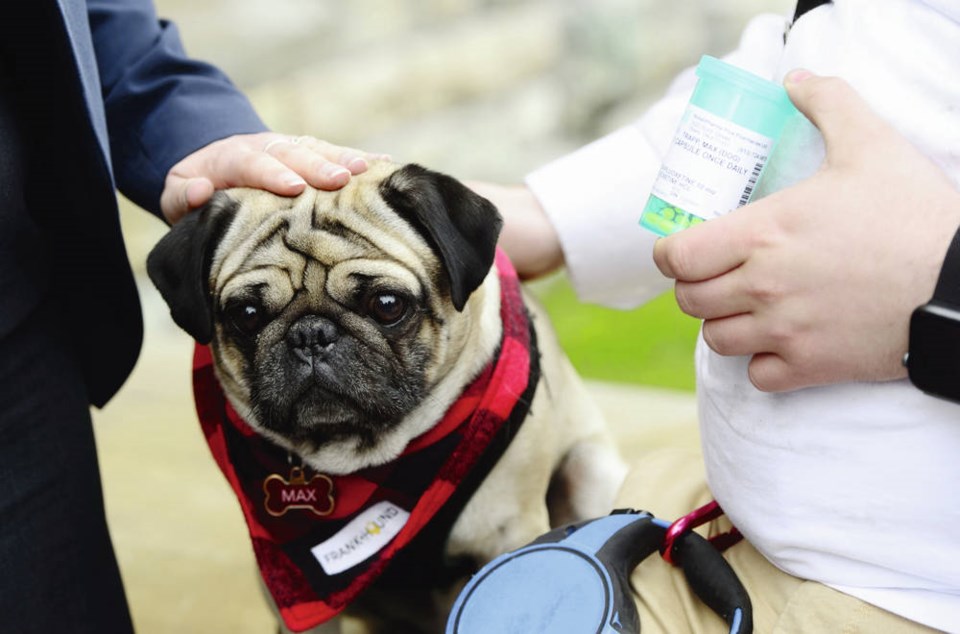Veterinarians are warning pet owners to watch for signs of heat stroke in their animals as a heat wave breaks temperature records on the Island and across the province.
An animal hospital in Nanaimo saw four dogs die of heat stroke on Saturday within a short period of time, said Tinille McKenzie-Wyatt, a registered veterinarian technologist with a specialty in emergency and critical care, at the Central Island Veterinary Emergency Hospital.
McKenzie-Wyatt said dogs exposed to the high temperatures the Island is currently experiencing are at risk whether they’re inside or outside.
Pet owners should monitor their animals for signs of heat stroke, such as increased panting, salivating, lethargy, vomiting and unusually red gums, she said.
Dogs with short noses — such as pugs, French bulldogs and Boston terriers — and overweight dogs are more susceptible to heat stroke, but all are at risk in extreme temperatures, McKenzie-Wyatt said.
She suggests owners with access to thermometers check their pets’ temperatures. Anything above 40 C indicates heat stroke, she said.
Keep them cool by placing cool towels in their groins and armpits or shower them with room-temperature water, McKenzie-Wyatt said. Ice packs and extreme cold could shock their systems.
She cautioned that dogs don’t need exercise in this kind of heat and walks on asphalt can burn their feet.
“They do not need to be going out on their regular walks or hikes and things like that. Let them just lie low and just try to deal with the heat however they’re best going to manage it.”



